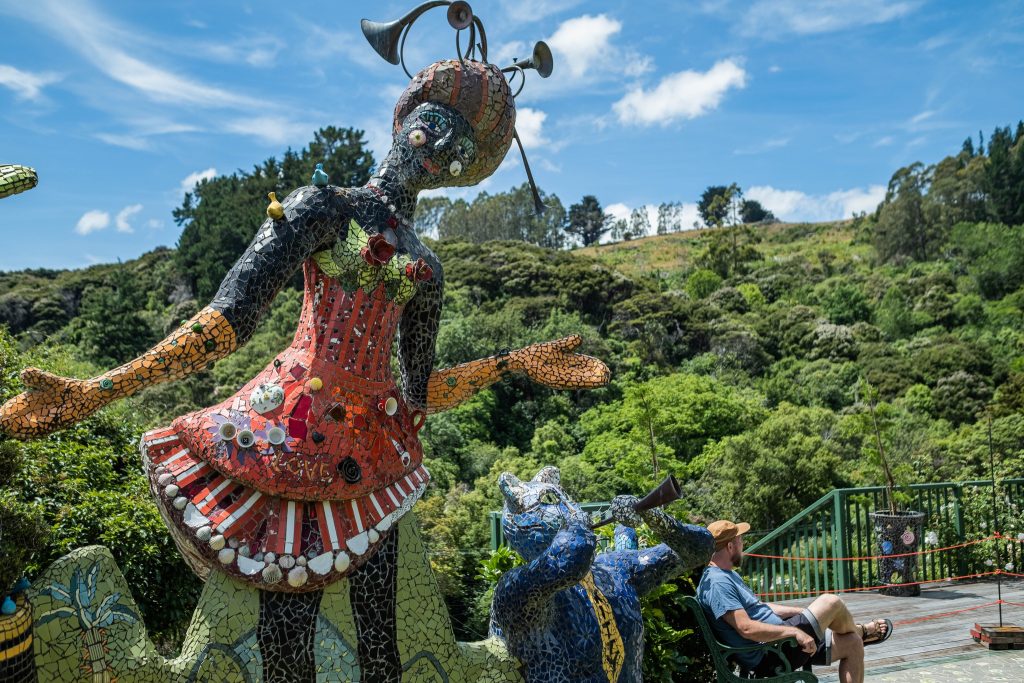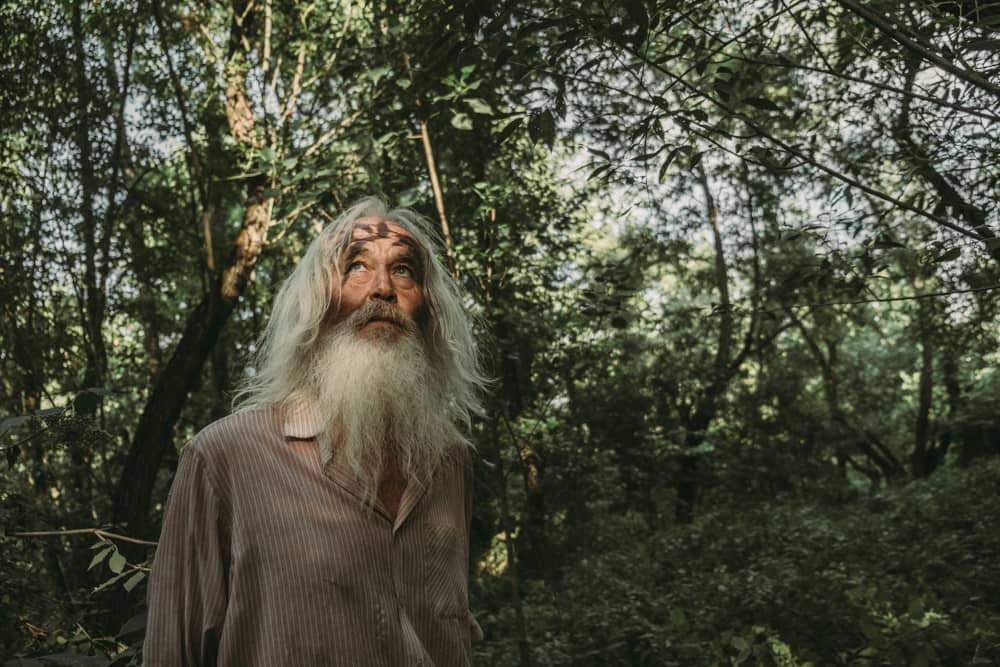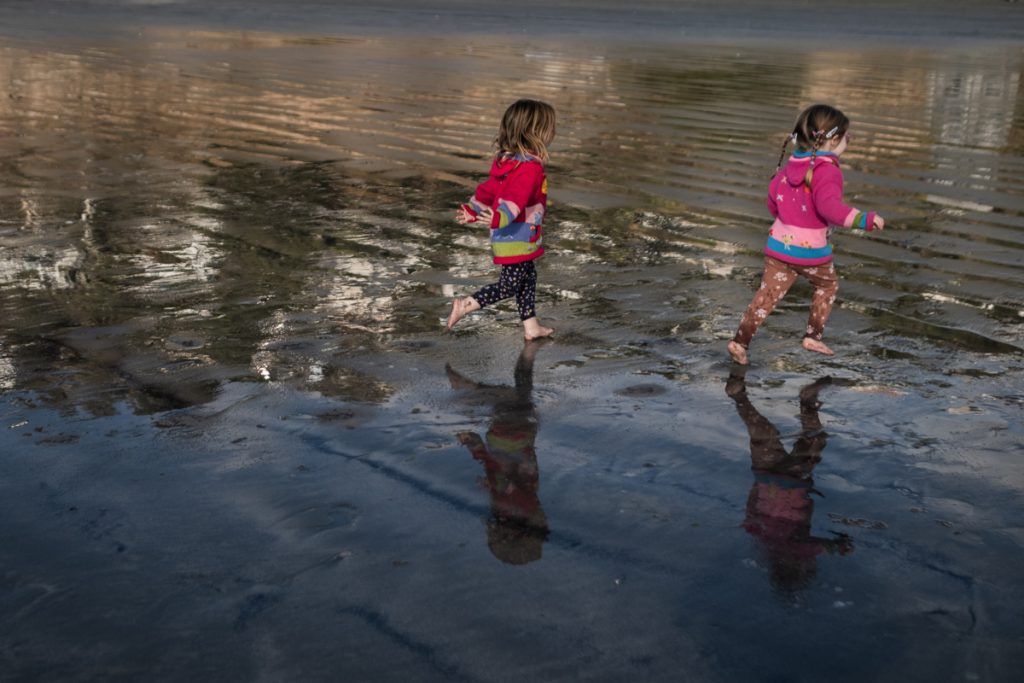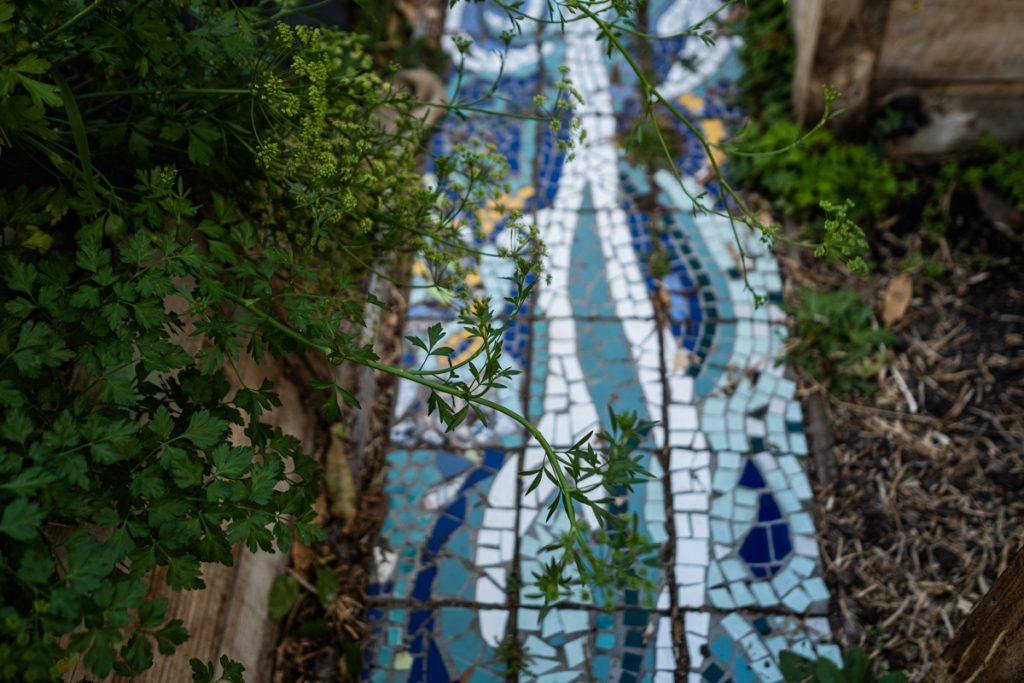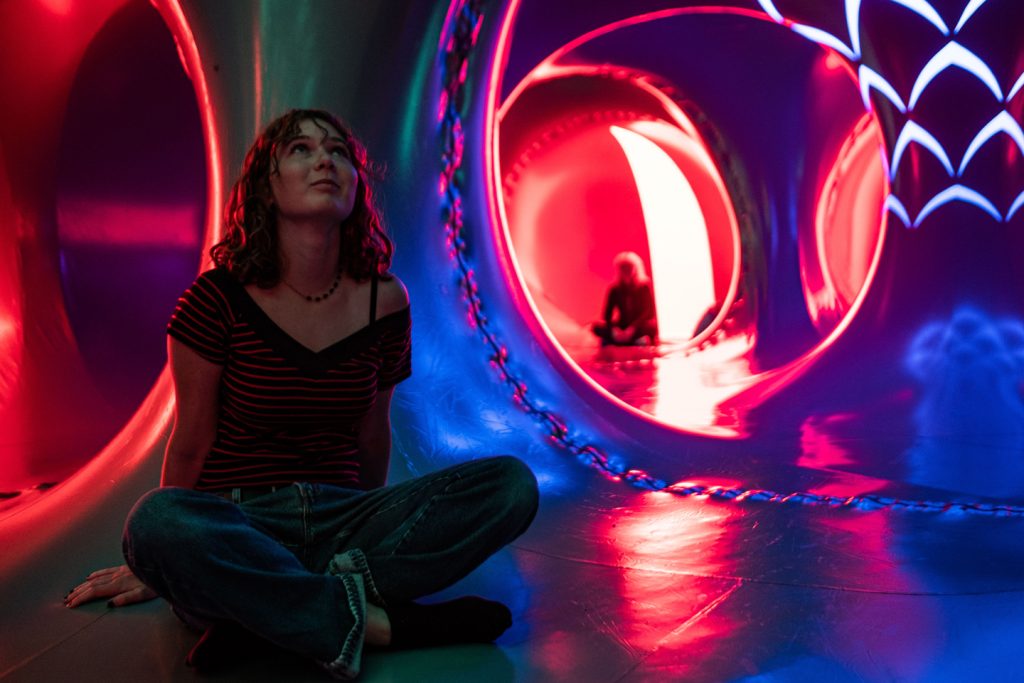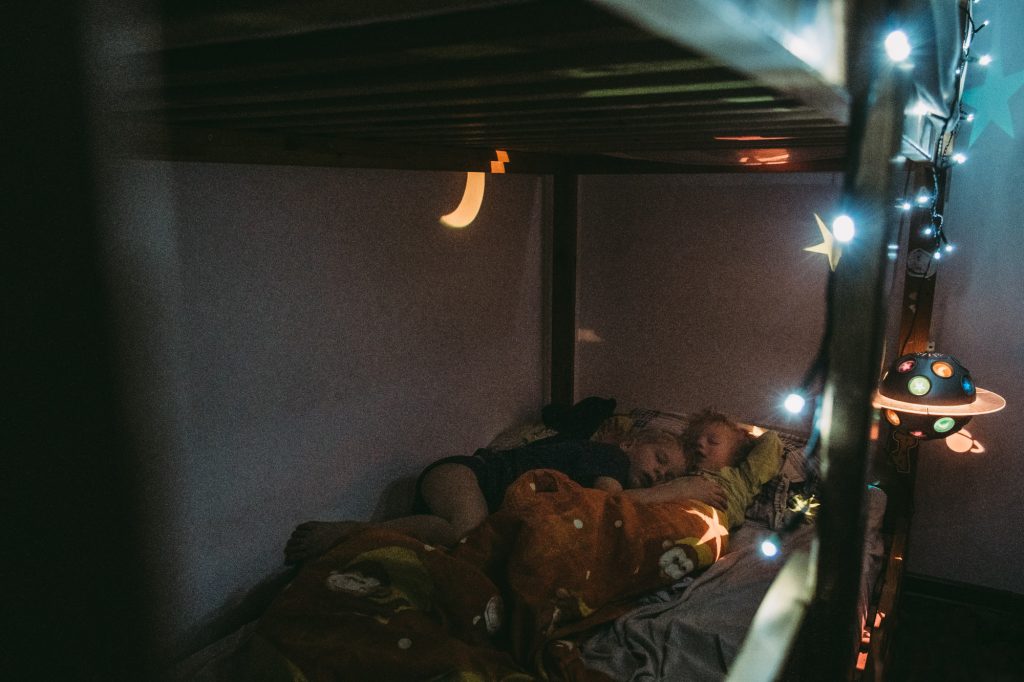Life is magic, and Steiner education values, protects, and helps us experience this wonder through various celebrations.
Winter begins with the Lantern Festival – especially as celebrated in New Zealand – a deeply symbolic and highly regarded midwinter event. It is often associated with the Spiral Festival and Matariki (the Maori New Year) or the winter solstice, and focuses on themes of light, community, and hope in the darkness.

Children make their own lanterns in the days or weeks leading up to the event. Each person carries their own little light, symbolizing hope, courage, and guidance in the darkness. As individuals walk together, the light becomes a collective warmth, strengthening the power of unity. Classes sing gentle seasonal songs as they walk. As each child holds a lantern, it creates a magical procession of light in the darkness, like a stream of stars.


In Waldorf education in New Zealand, the Spiral Festival – also known as the Winter Spiral or Light Spiral – is again a community-based ritual marking the winter solstice.
A spiral path is laid out on the floor from evergreen branches. Students prepare weeks before by making candles. They carry an apple with an unlit candle, and one by one walk the spiral to the center. They light their candles from the center flame, then work their way back, placing their candles along the spiral path. As each child places their lit candle, the spiral gradually becomes brighter – creating a spiral way of personal lights and symbolizing the shared community light and hope.
Each child takes a solitary walk in the dark and must trust themselves, symbolizing self-discovery and spiritual growth.

The individual lights merge to create a collective light – highlighting the importance of community, shared strength and mutual support.
When I was a teacher in Early Childhood Waldorf Steiner Education, we prepared for weeks before the longest night. All the candles were handmade by the children. Each morning we made our candles a little fatter and fatter.
It rained as we collected branches for the spiral on our morning walk in the park. We thanked the tree by standing around it, hand by hand, and sang a song. For weeks we sang our Matariki songs to learn them by heart.

And that day, when all was ready, we joined together in silence, sitting in a circle, and one by one, each of us, children and parents slowly walked to the center of the spiral to capture the light of the center candle and bring it out to illuminate the spiral. It gives us the opportunity to reflect on the changing seasons and how the spark of light that each of us carries serves to sustain us during the dark nights ahead.
Magical celebration.
This ritual is linked to the winter solstice – the darkest night of the year – and symbolises the expectation of the return of warmth and light.
In June, at the beginning of winter, we celebrate Matariki in New Zealand.
The solstice marks the beginning of the Maori New Year.

The Matariki star cluster appears in the eastern sky in New Zealand at the end of June and beginning of July, at the dawn of winter. Since 2022, Matariki has been an official public holiday, the first national holiday to be celebrated in the indigenous Maori culture.
I have tried to find out which year it is starting now, but the system is quite strange to me. There is no such thing as “2025” in the Māori calendar as there is in the Gregorian calendar. The Māori calendar is circular, cyclical, and does not consist of numbered years, but rather months (maramataka) that follow the movements of the Moon and stars, with the new year following the first new moon after the Matariki constellation has reappeared in the sky. The maramataka consists of 12–13 lunar months. So it does not have a year number; rather, the calendar is based on astronomical cycles. Sometimes a 13th month is added to make the lunar year follow the solar year. The start of the next year is based on the next lunar season and the next appearance of Matariki, which is expected to be around 10 July 2026. The maramataka therefore works according to lunar cycles and star positions, and is of different lengths each year.

A Māori “year” is a cycle, not a series of numbers.
It’s the new beginning that matters, not the number…
Mānawatia is Matariki!



